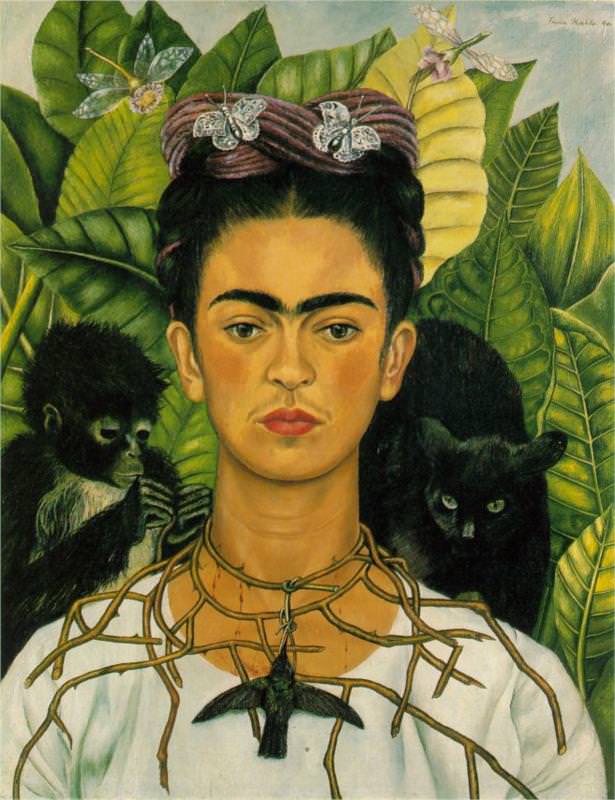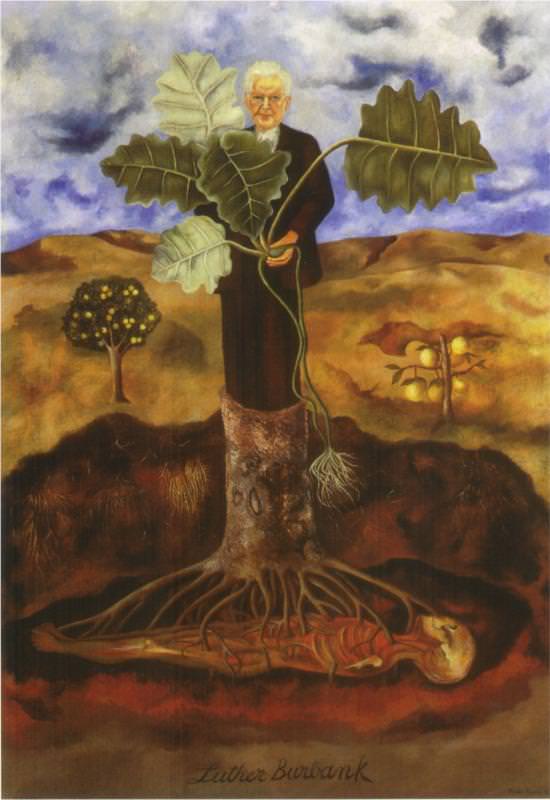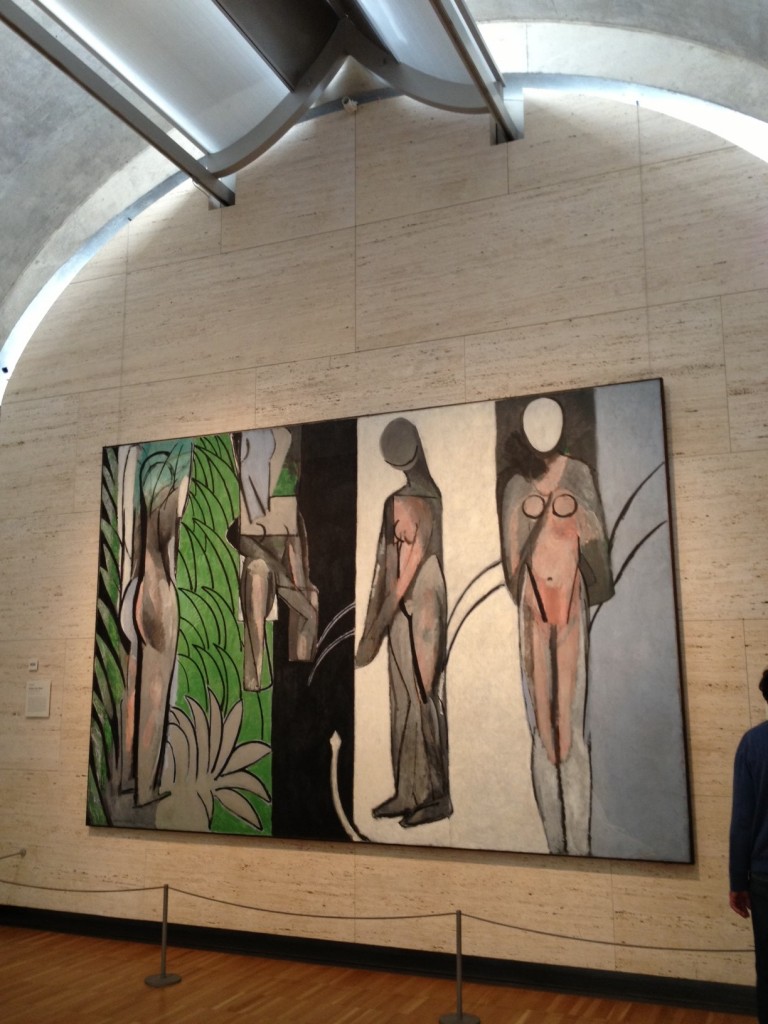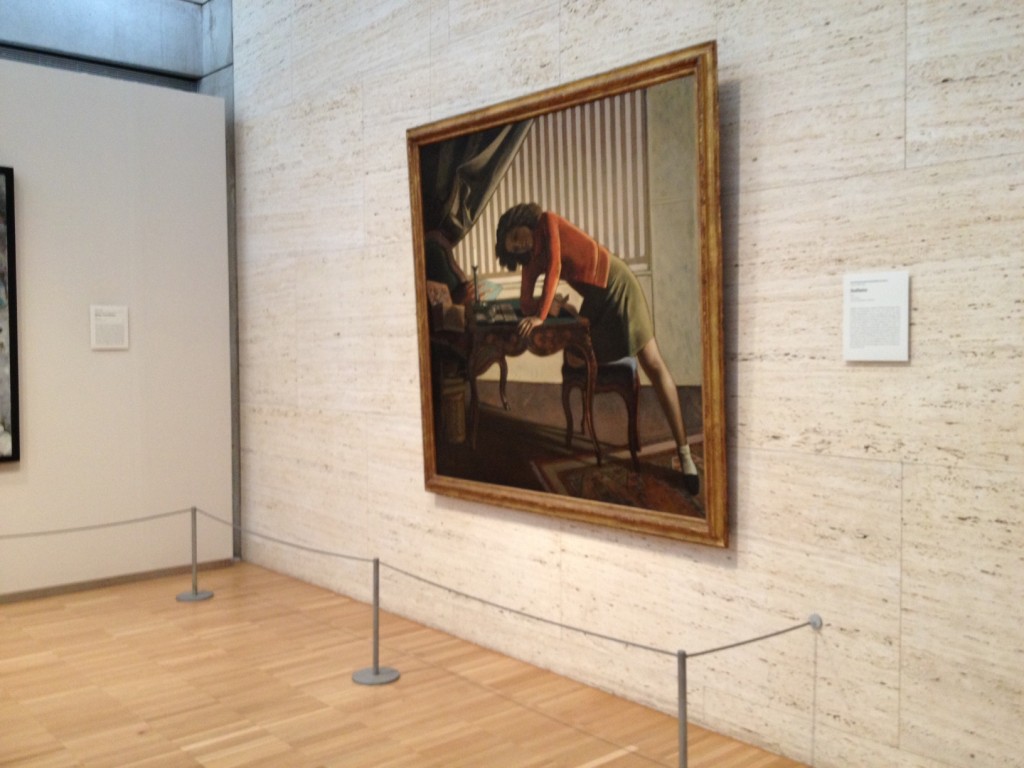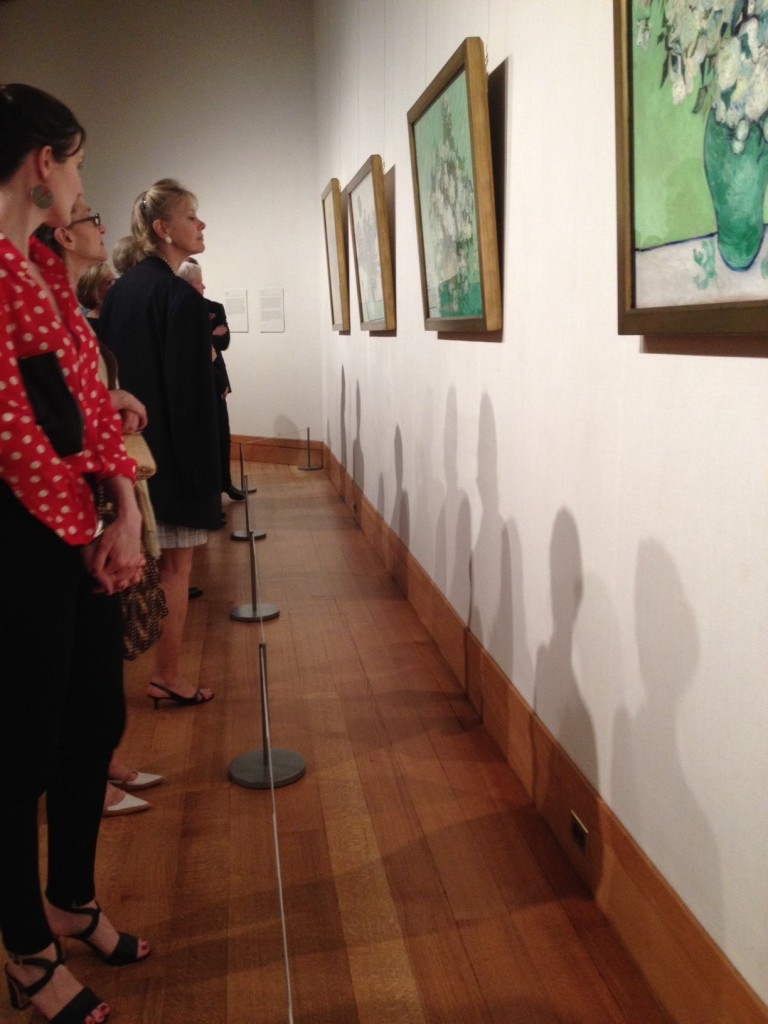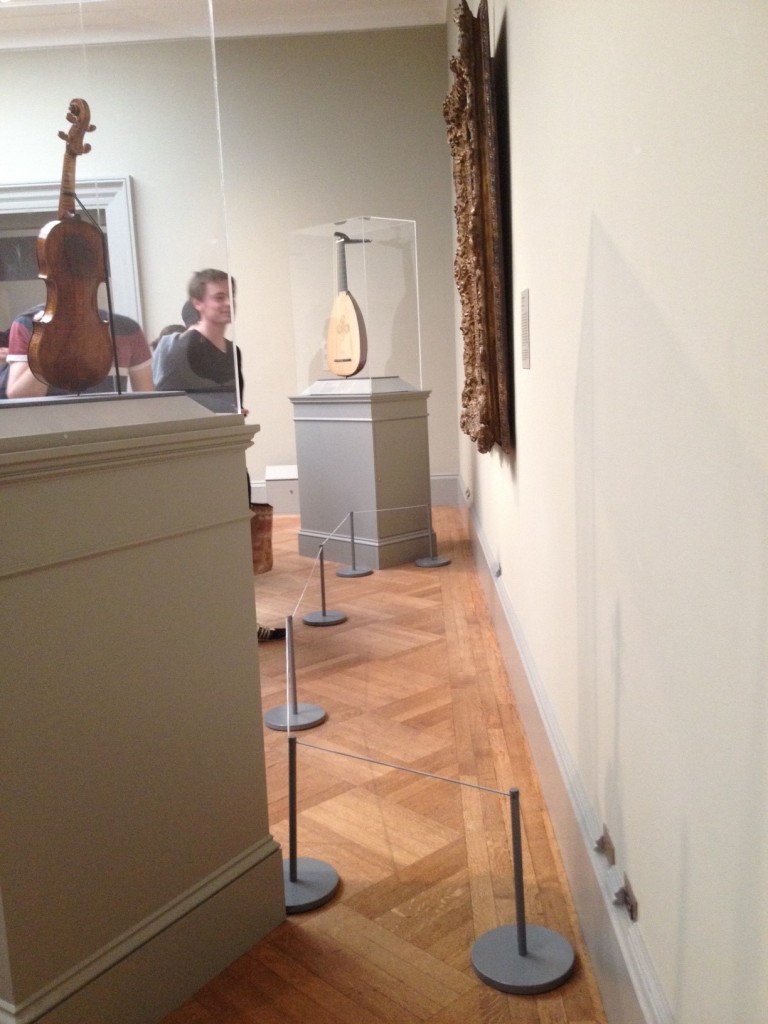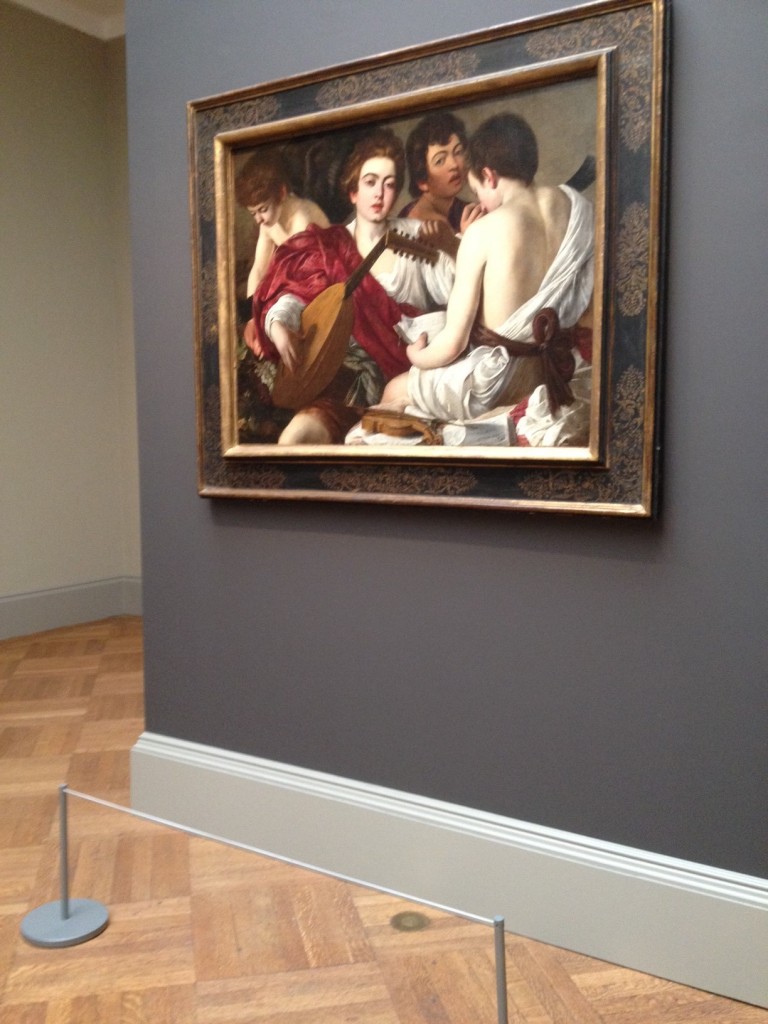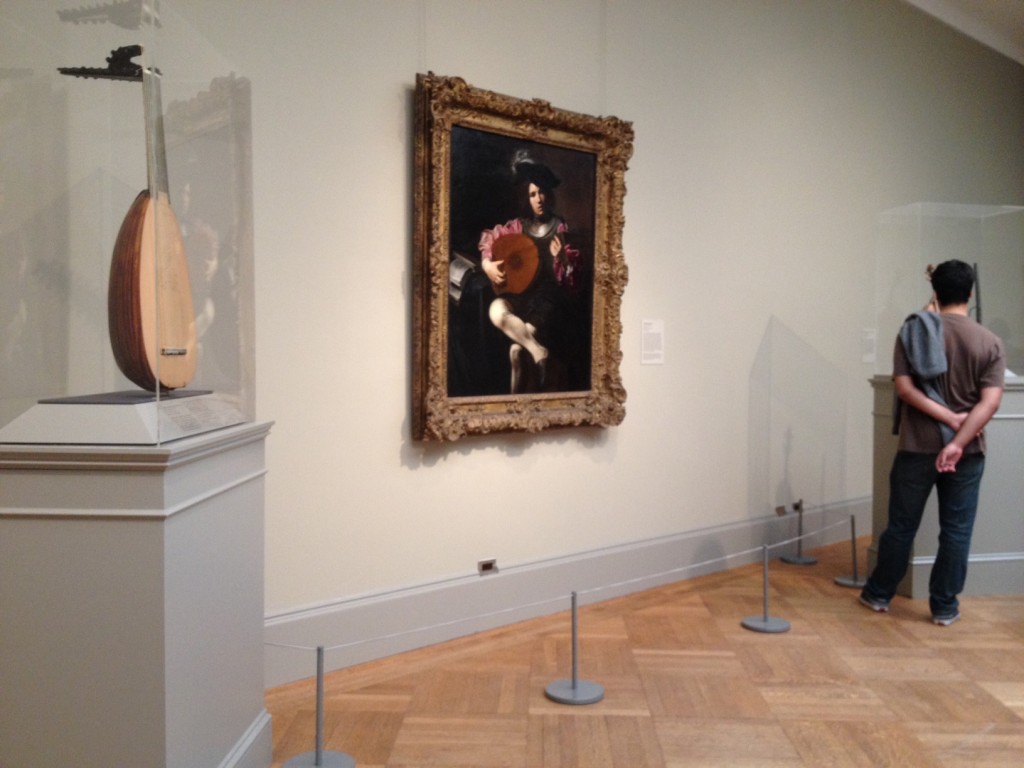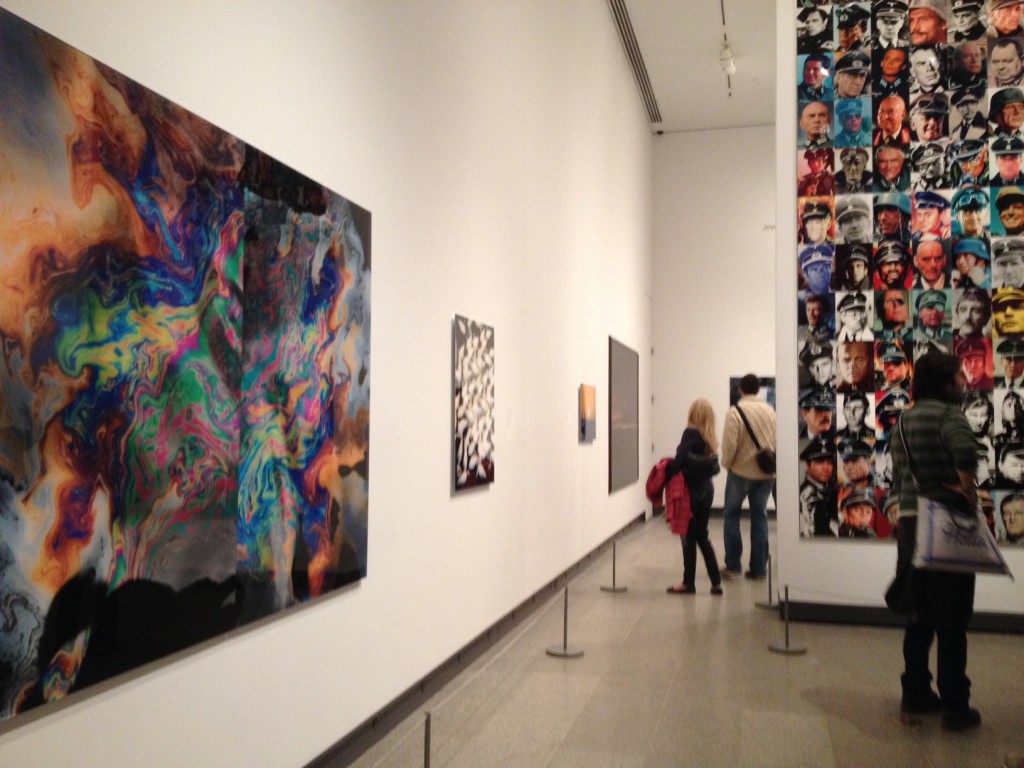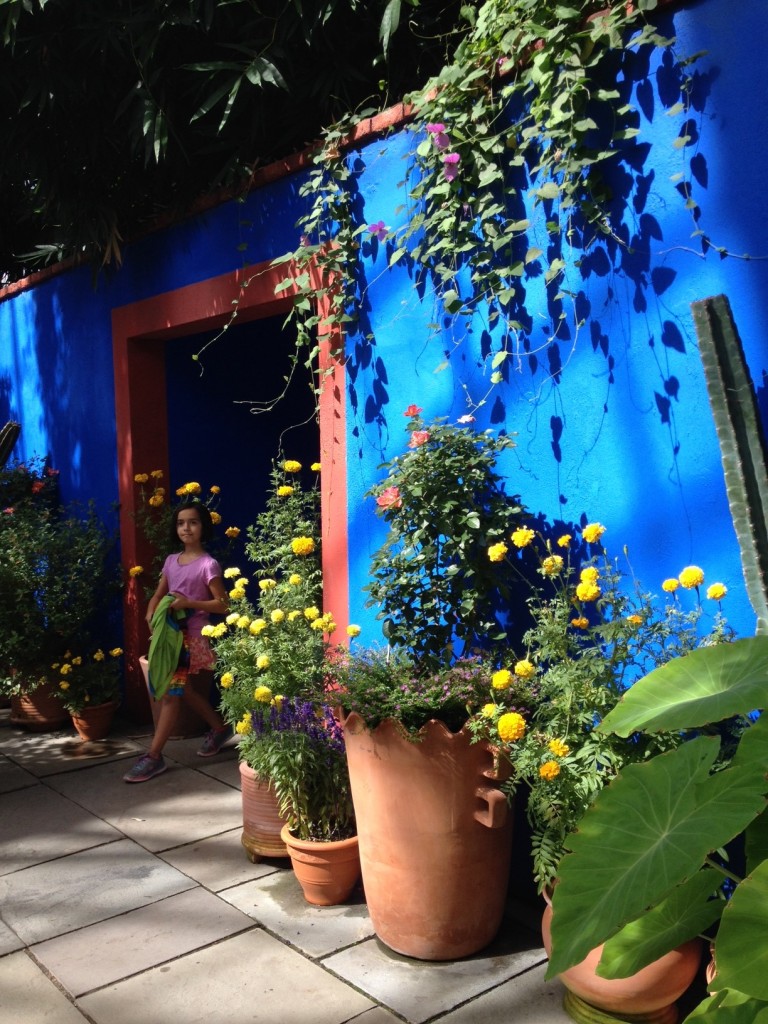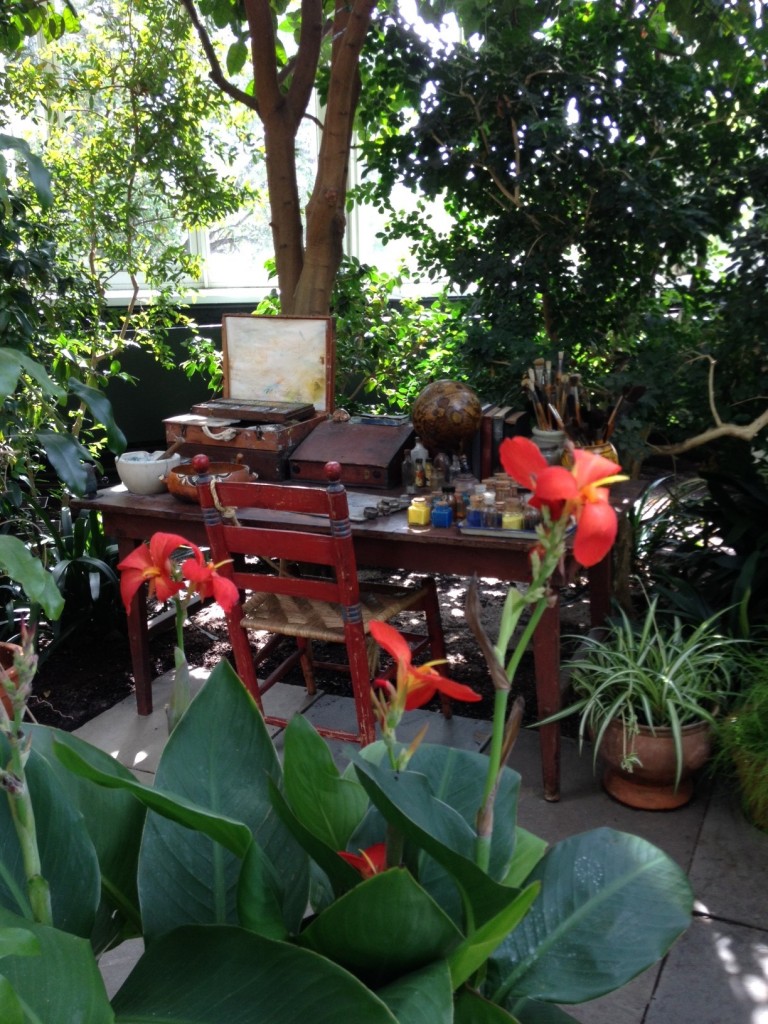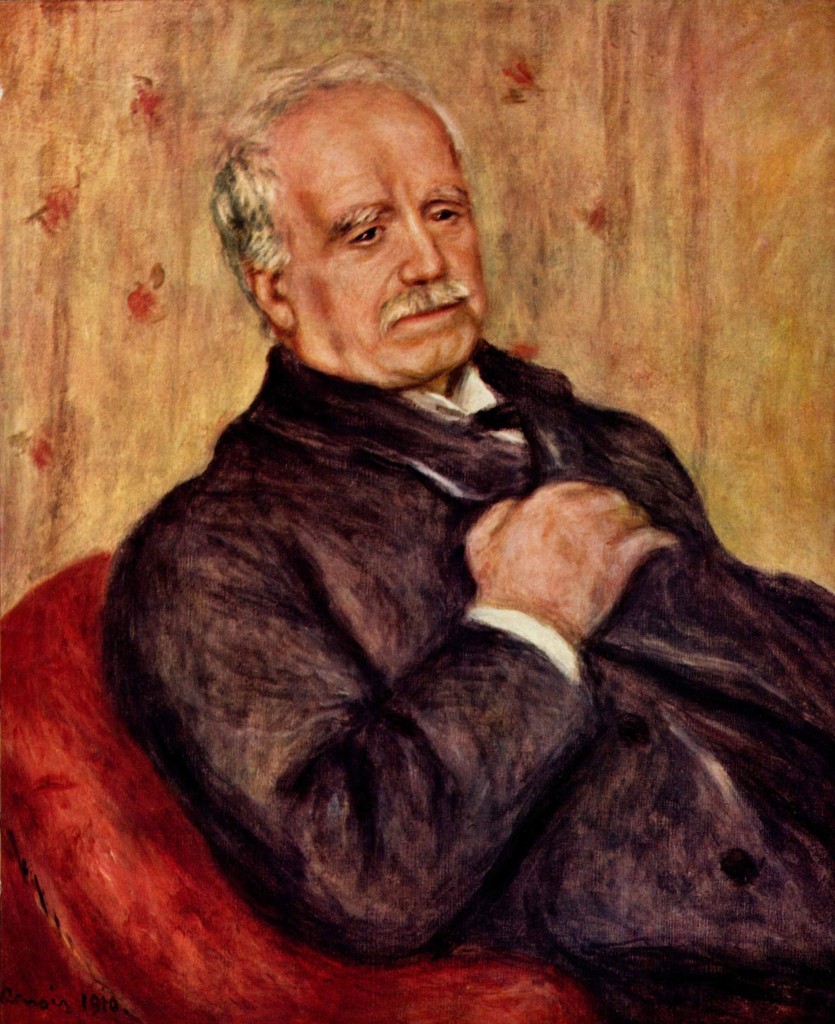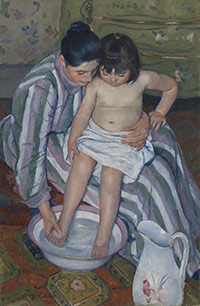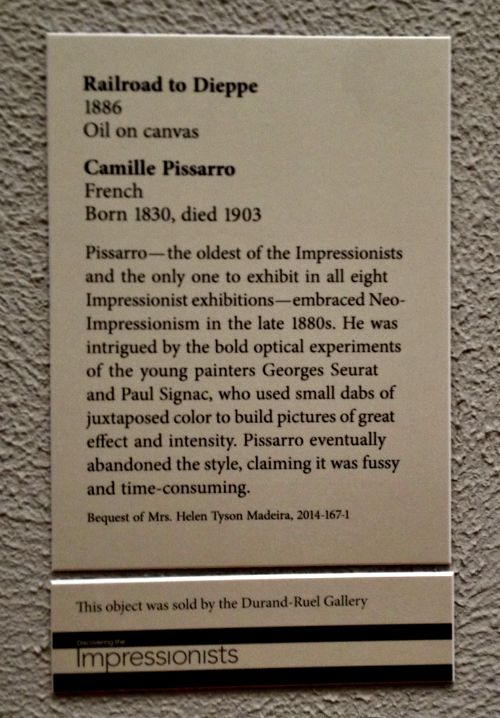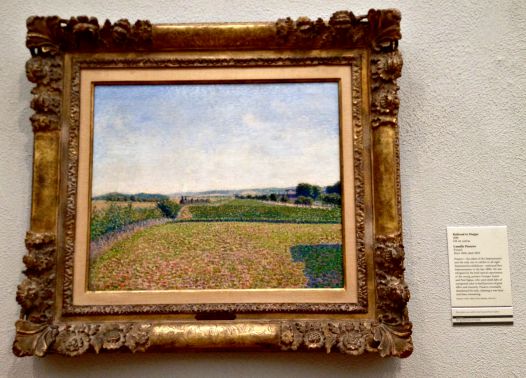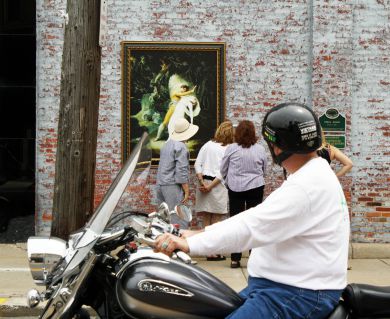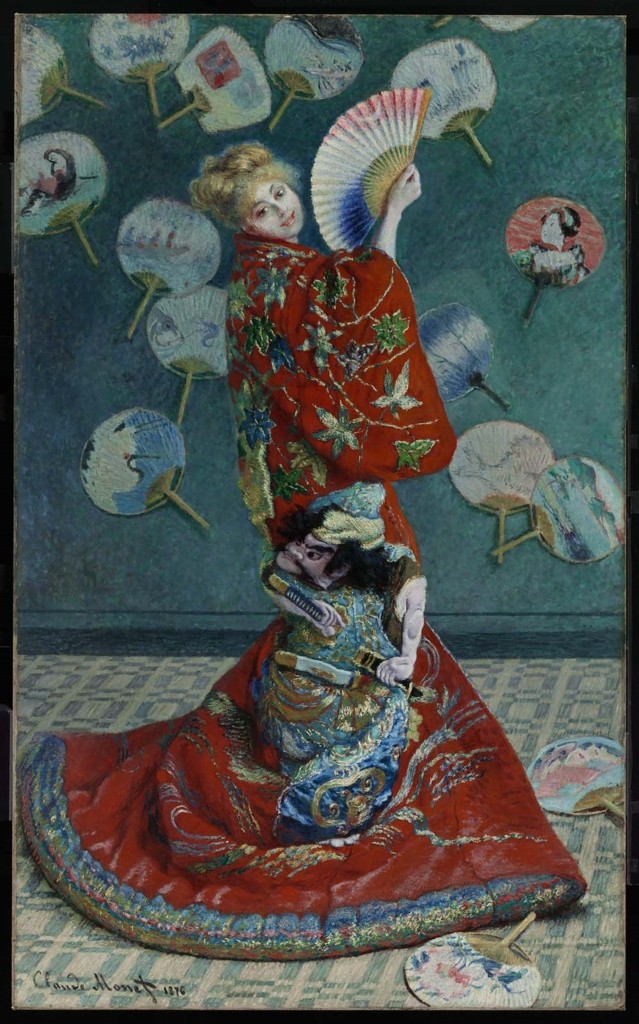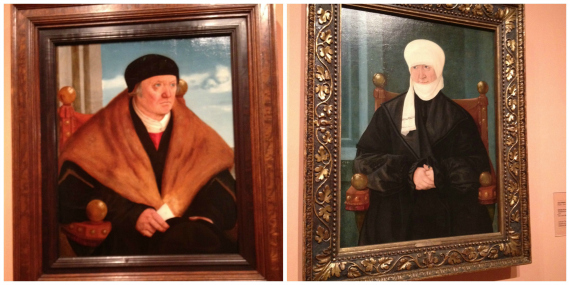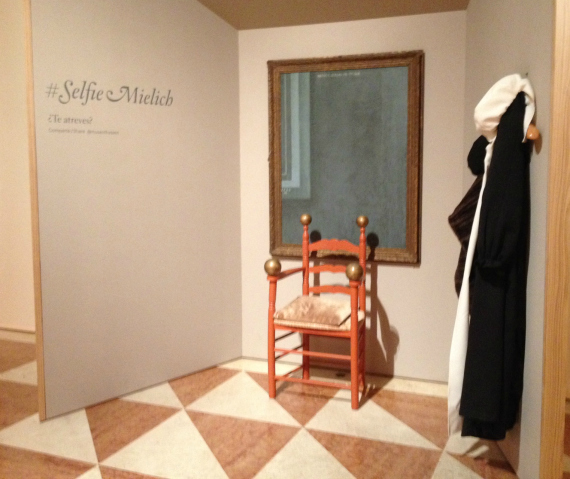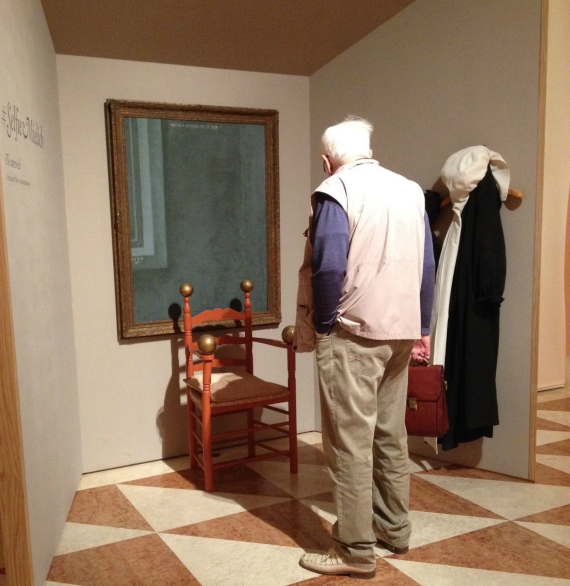As I’ve mentioned here before, the Denver Art Museum has a long historical record of paying attention to Native American art and valuing it for aesthetic rather ethnographic reasons. That’s a big plus for me because it gives museum a specialty that cannot be seen at every museum–and differentiation among museums is a big attribute. But I’m not so sure that the DAM has been recognized for its efforts in contemporary Native American Art, which goes hand-in-hand with the historical collection.
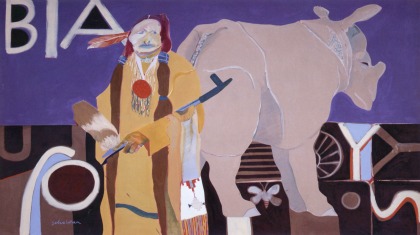 And that’s why I proposed an article on this to The New York Times; it will run in the Fine Arts & Exhibitions section to be published on Sunday. But, as is custom nowadays, some articles are being posted in advance online. My piece, headlined Denver Art Museum Strengthens Commitment to Native American Work on the web (the print headline will be different),  is there now. It outlines the museum’s programs–which include artists-in-residences, acquisitions and a lot of gallery space for this work. Here’s the nut:
And that’s why I proposed an article on this to The New York Times; it will run in the Fine Arts & Exhibitions section to be published on Sunday. But, as is custom nowadays, some articles are being posted in advance online. My piece, headlined Denver Art Museum Strengthens Commitment to Native American Work on the web (the print headline will be different),  is there now. It outlines the museum’s programs–which include artists-in-residences, acquisitions and a lot of gallery space for this work. Here’s the nut:
At a time when many Native American artists still hold grievances against mainstream art museums, the Denver museum is proving itself to be different, winning favor from many, but not all, Indian artists and curators….
…“Our collection’s approach is to expand the recognition of contemporary art by American Indian artists; engage local, regional and national American Indian artists; and highlight the artistic mastery from the past,†said Christoph Heinrich, the museum’s director, “but always with an eye on ongoing creative tradition.â€
The piece is pegged to a current exhibition, Super Indian: Fritz Scholder, 1967-1980, which will travel to the Phoenix Art Museum and to the Nerman Museum of Contemporary Art in Overland Park, Kansas. I didn’t love Scholder’s work on first sight, but it’s growing on me. Aside from this show, which I have seen only in jpegs and and in the catalog, I saw paintings by Scholder “in the flesh” on my recent trip to Santa Fe, in both the Museum of Contemporary Native Arts and the New Mexico Museum of Art. I did not have room to mention the museum’s recent acquisitions in this area, which include 25 Hopi and Navajo katsina figures, four Micmac quilled boxes (1825-1975), 12 contemporary ceramic works and a 2012 ink and tissue collage on paper by artist Rose B. Simpson (Santa Clara, b. 1983) titled Transparency Self Portrait. Nor did I mention that I’m not the only one who has been paying attention to these efforts at the DAM: Last year, First Tribal Lending, a subsidized loan agency for Indians, named the museum among the top five Native American museums—the only one not specifically an Indian or Western museum. And CNN Travel also listed it as the only general institution among the “best places to experience Native American culture.â€
The Times has posted several good photos on the link above and I’ve put a few more on my website; above is Scholder’s Indian and Rhinoceros.
Photo Credit: Courtesy of the Denver Art Museum

